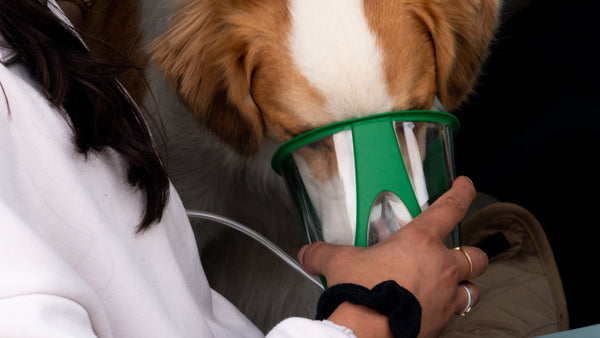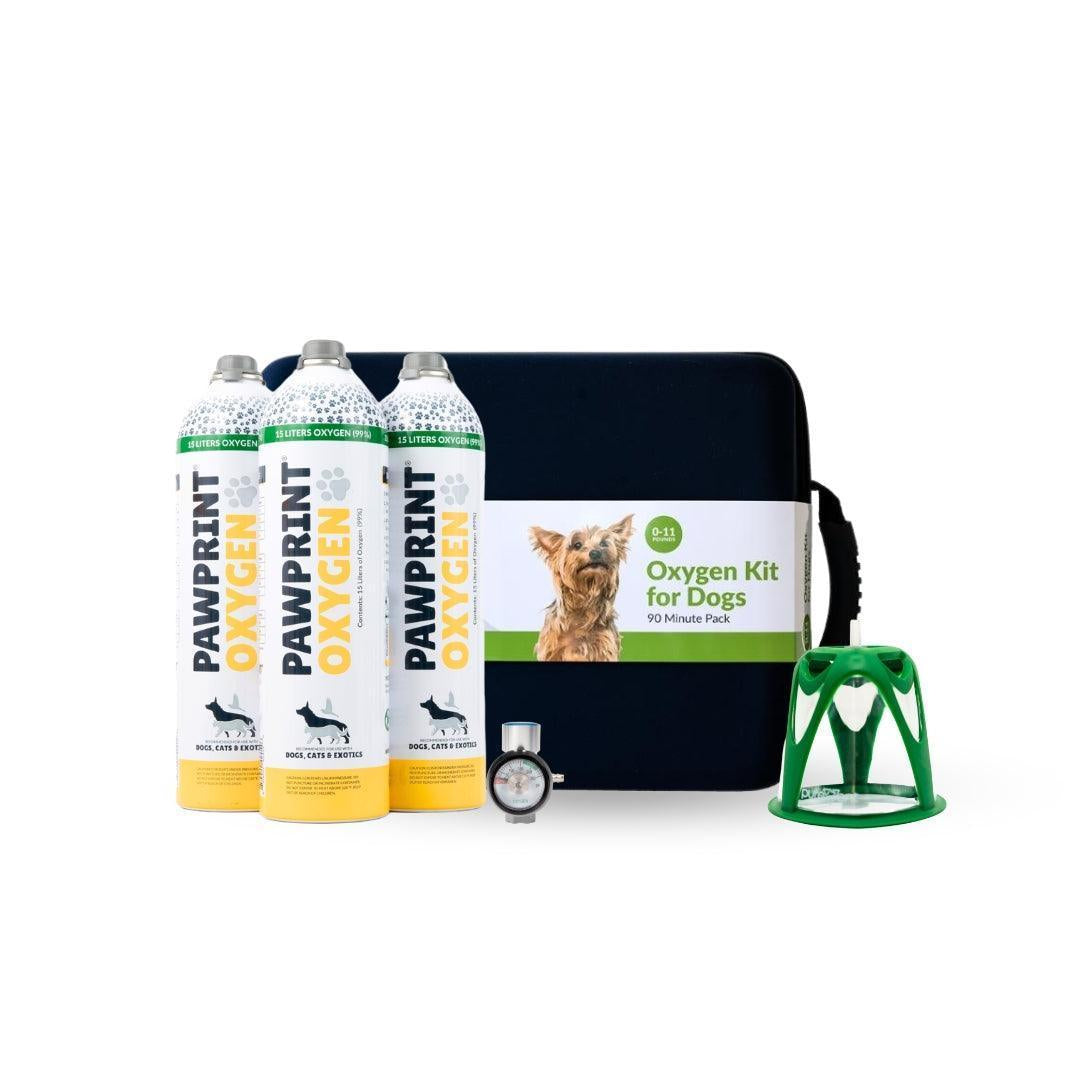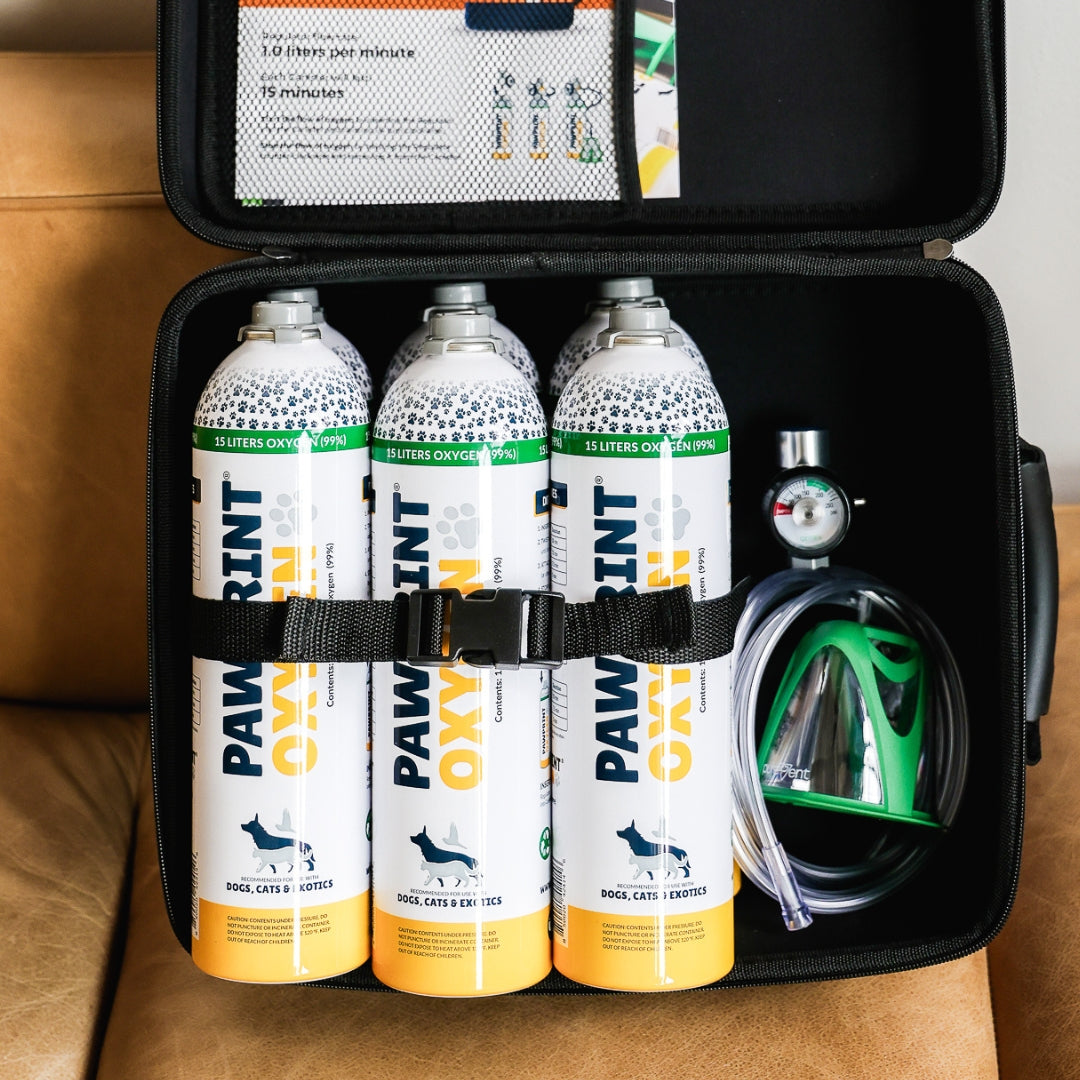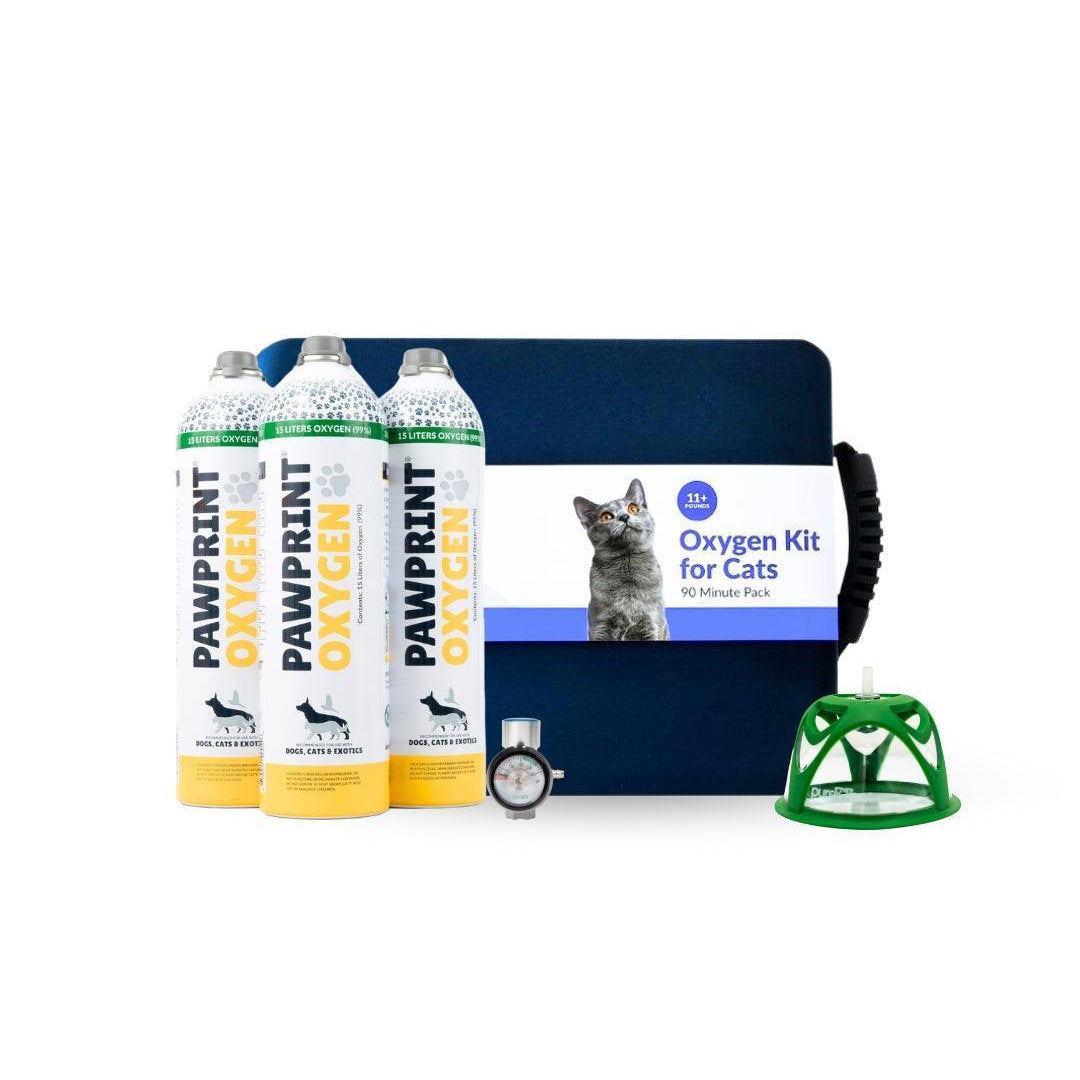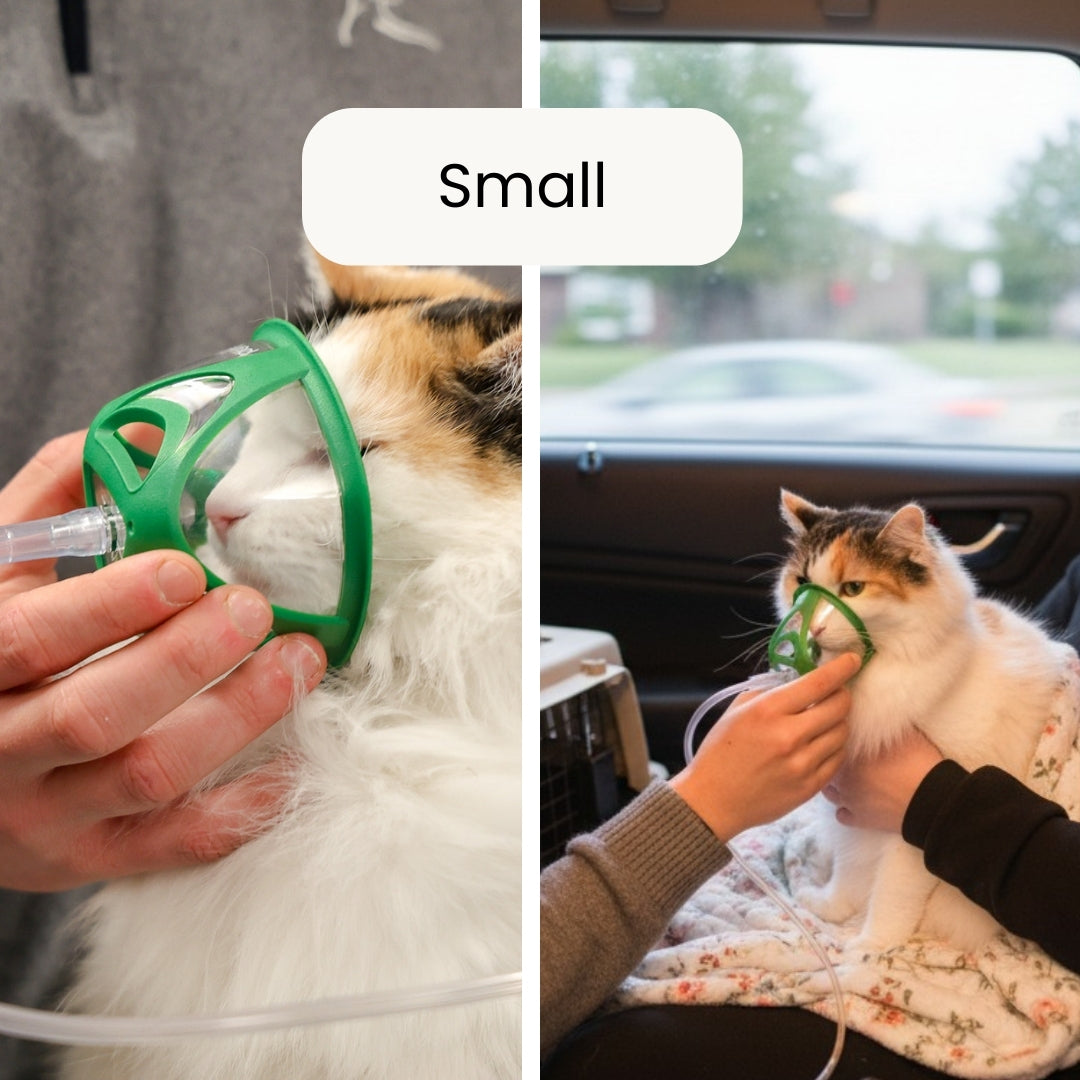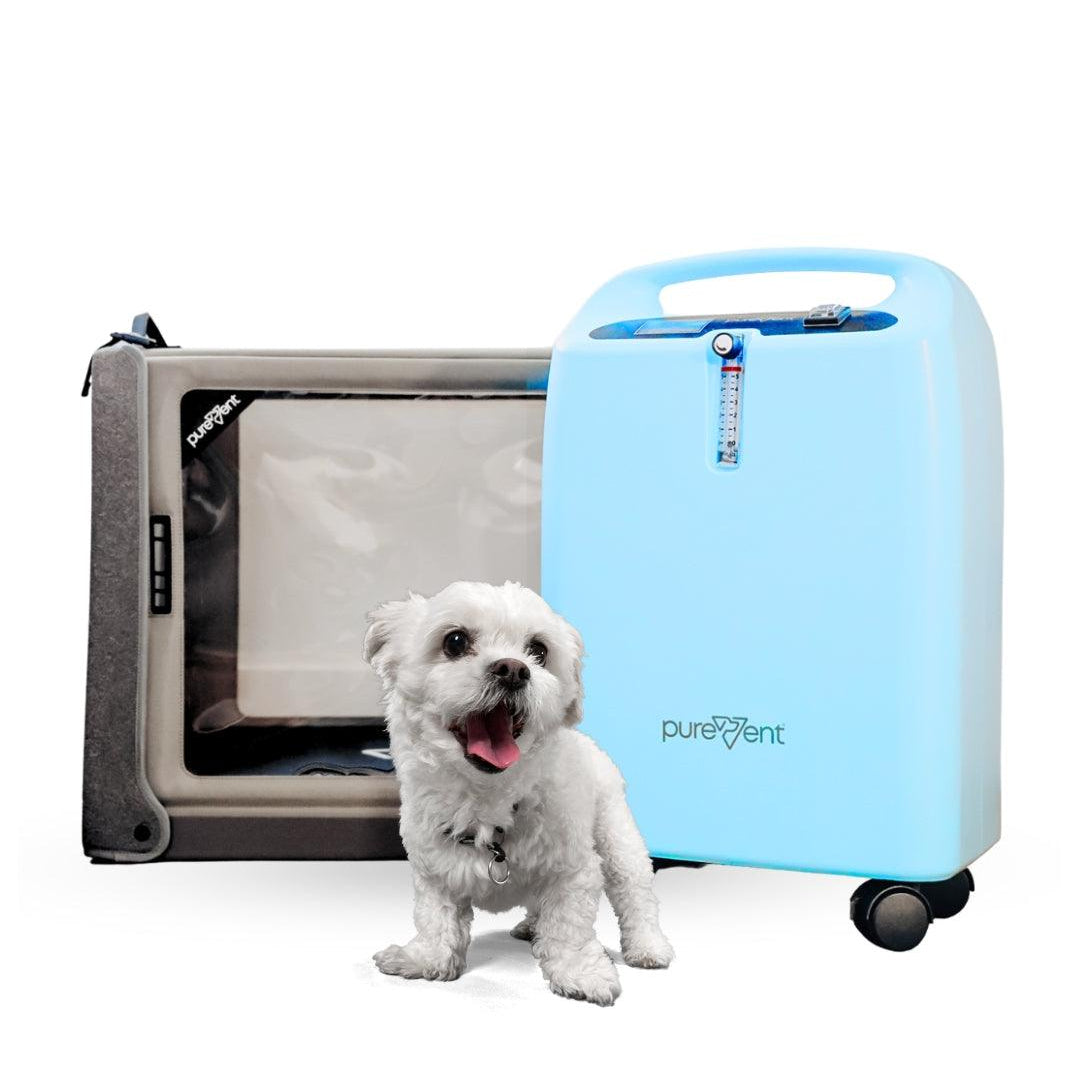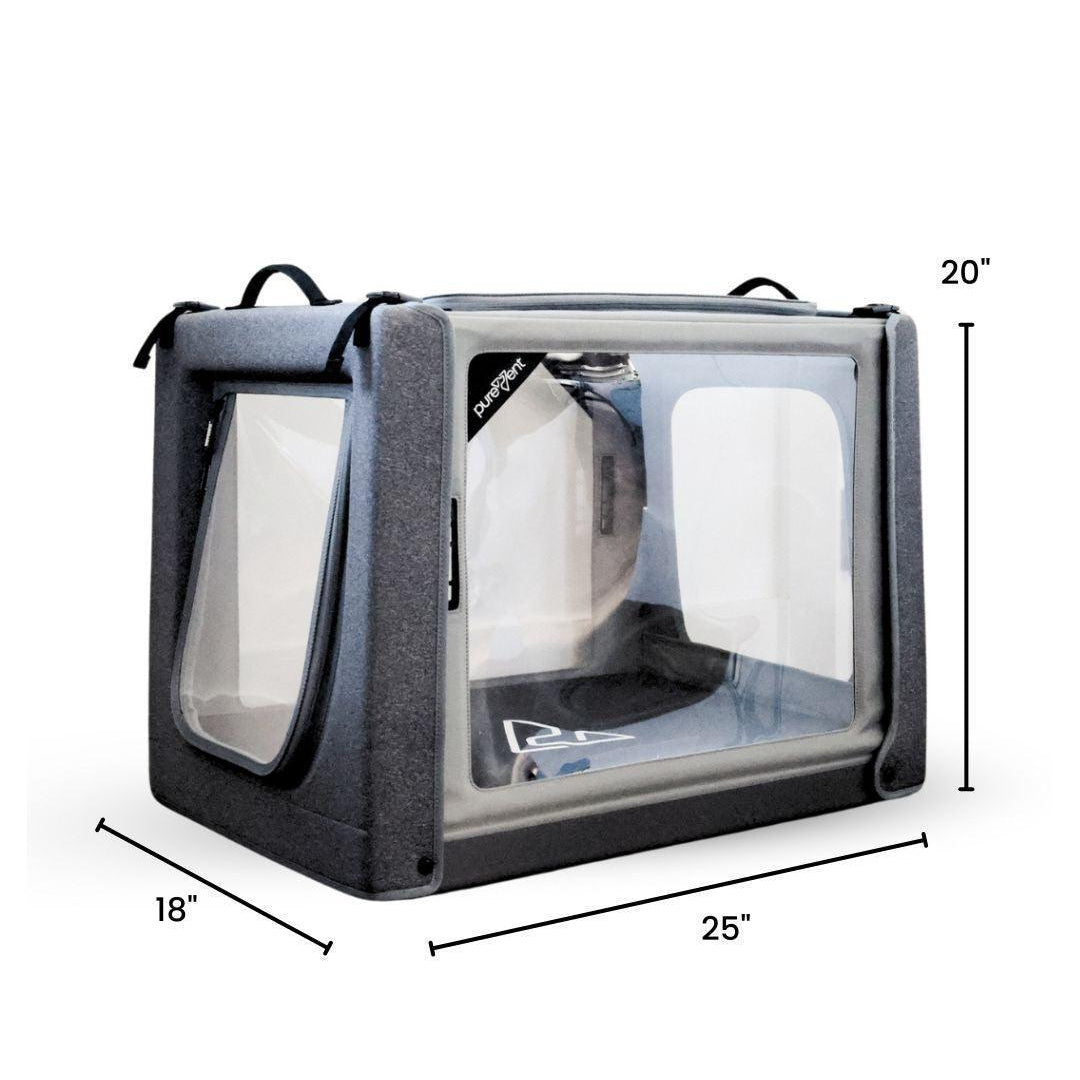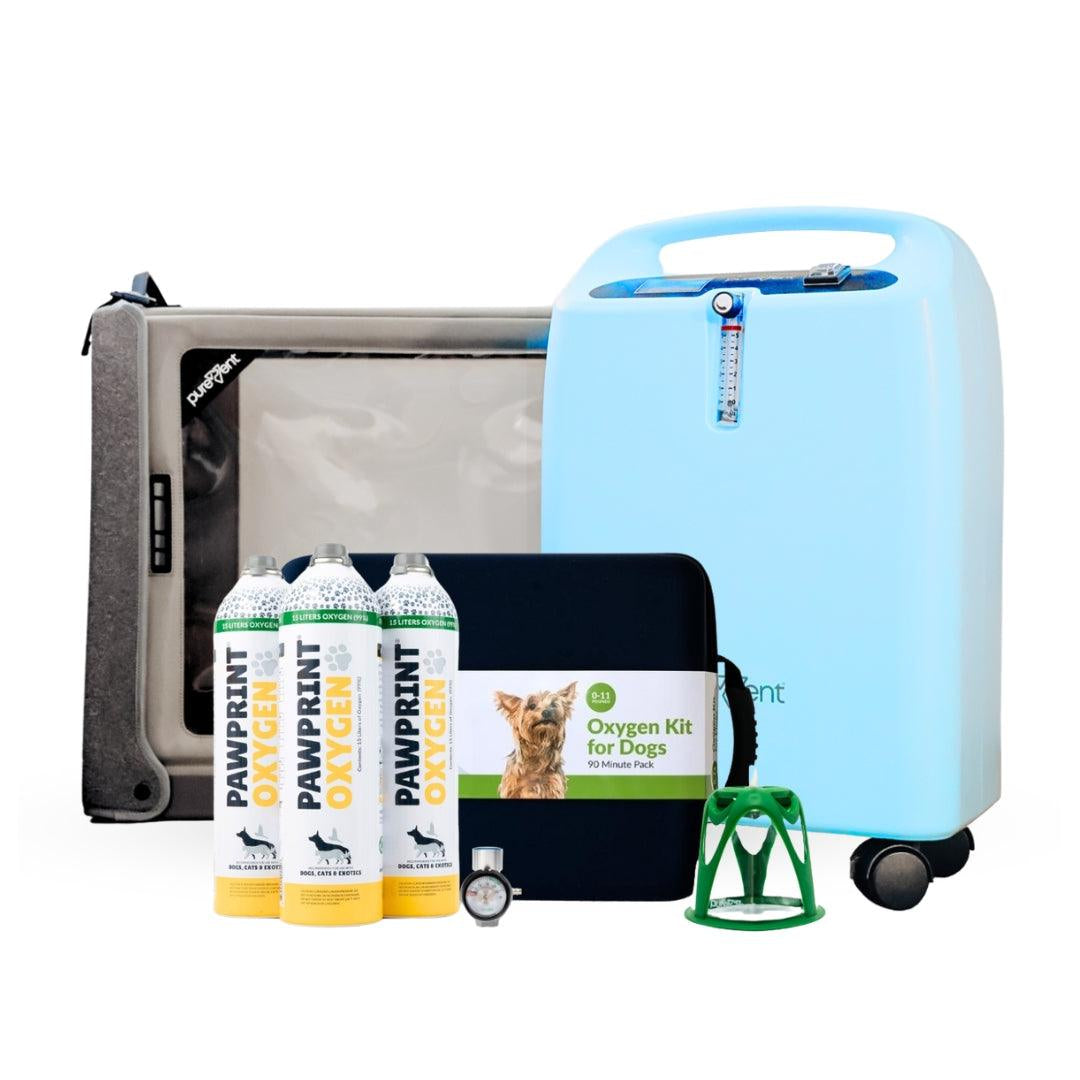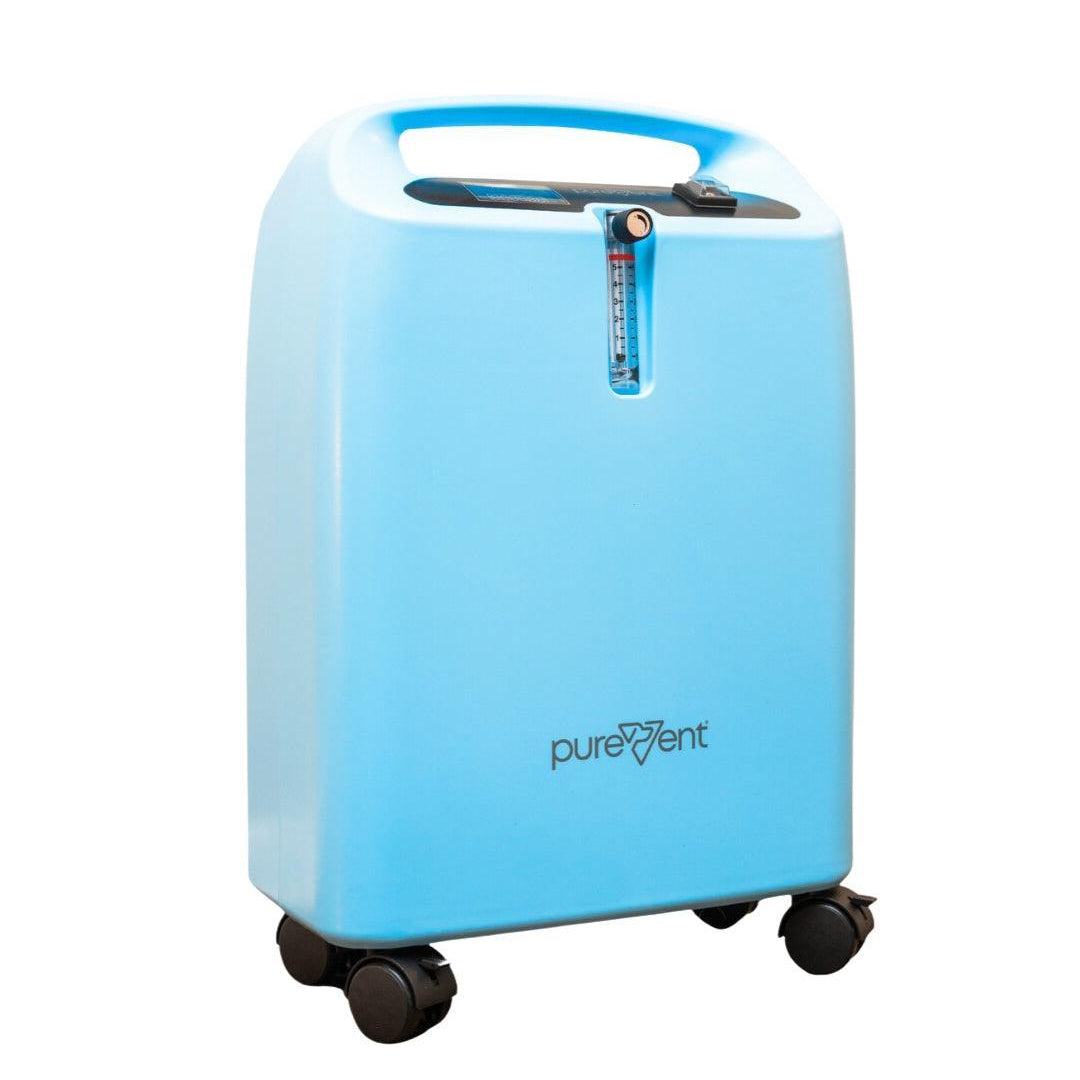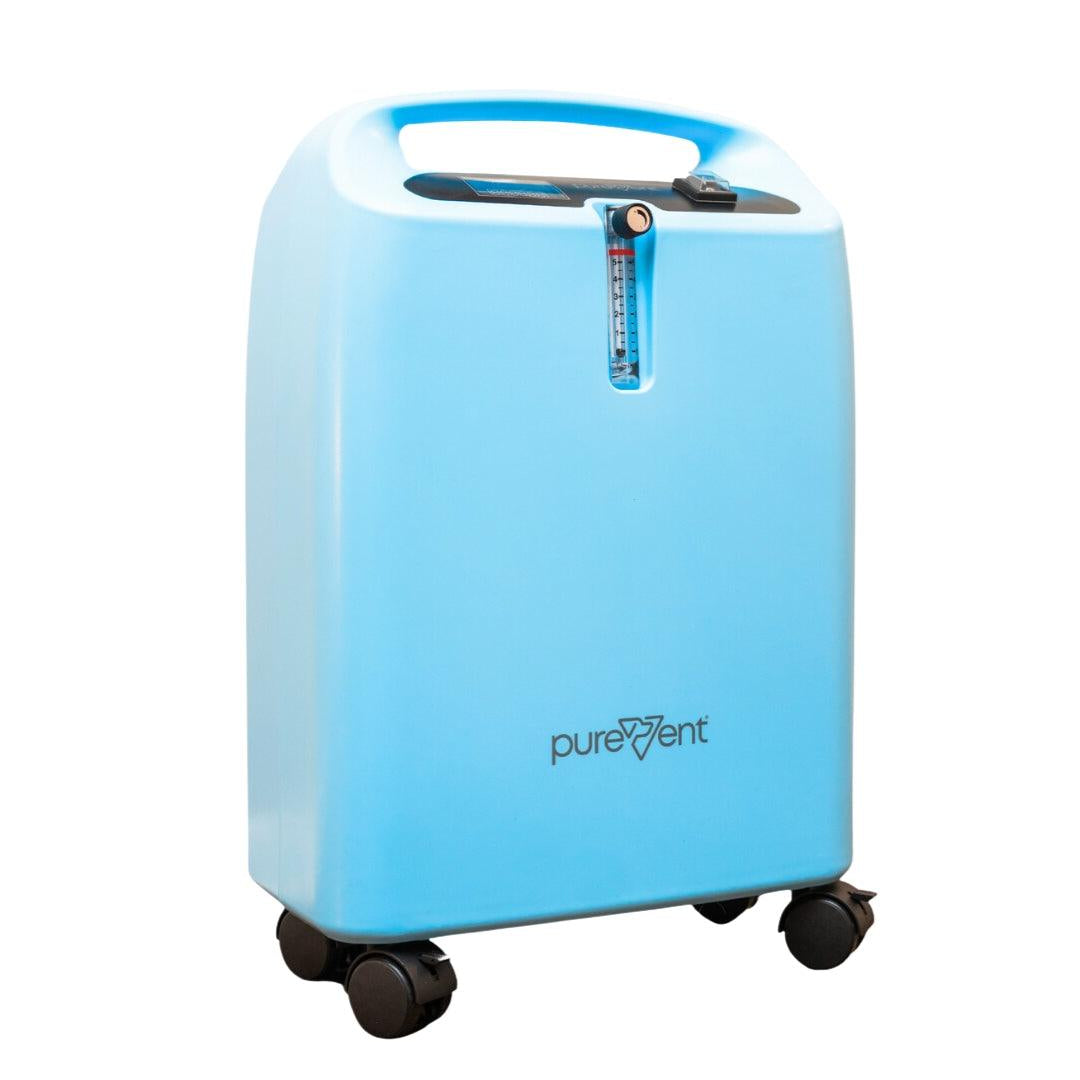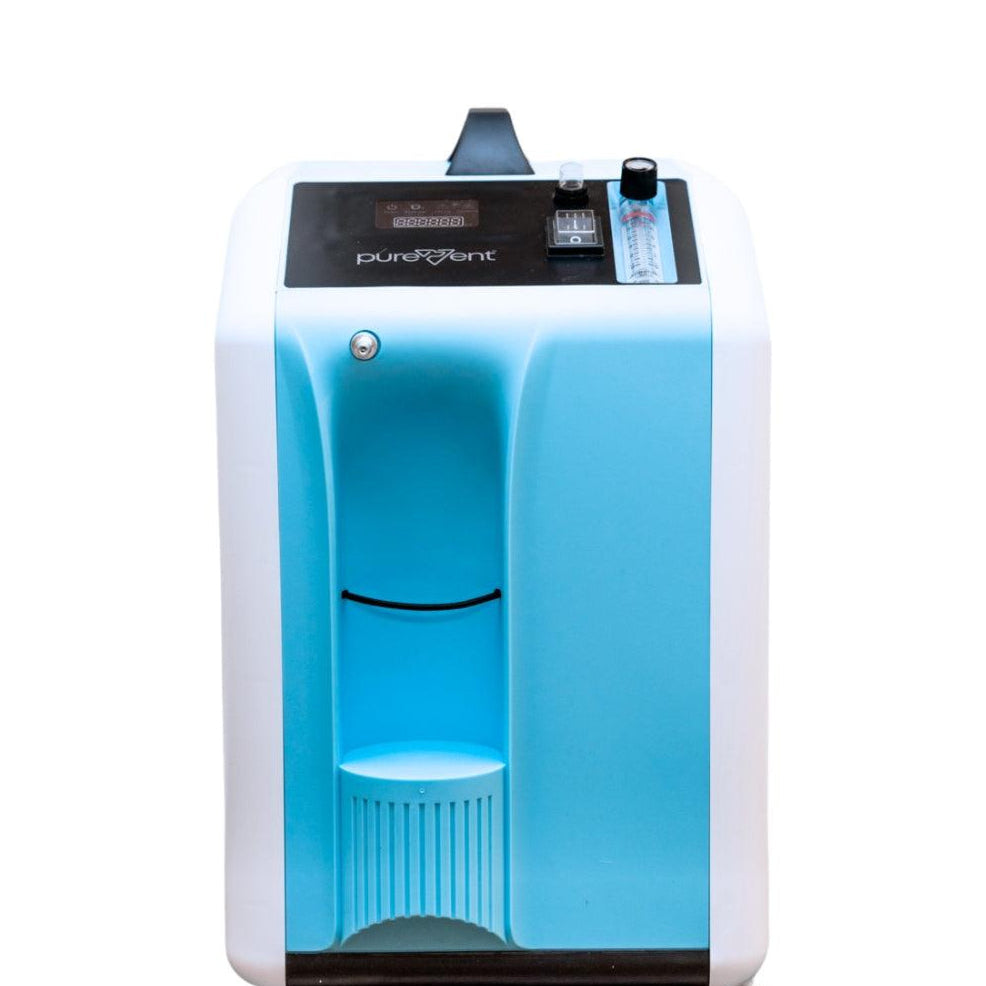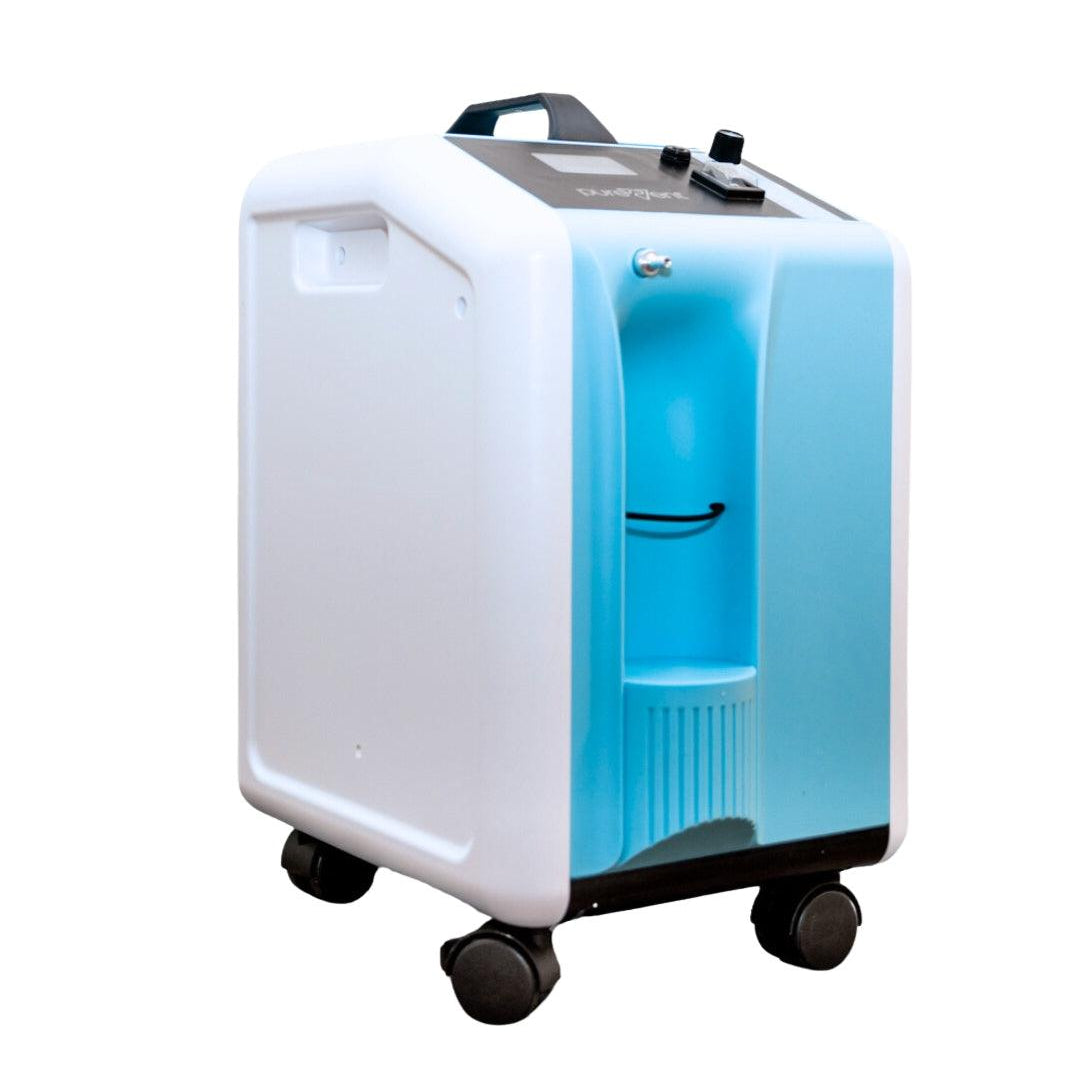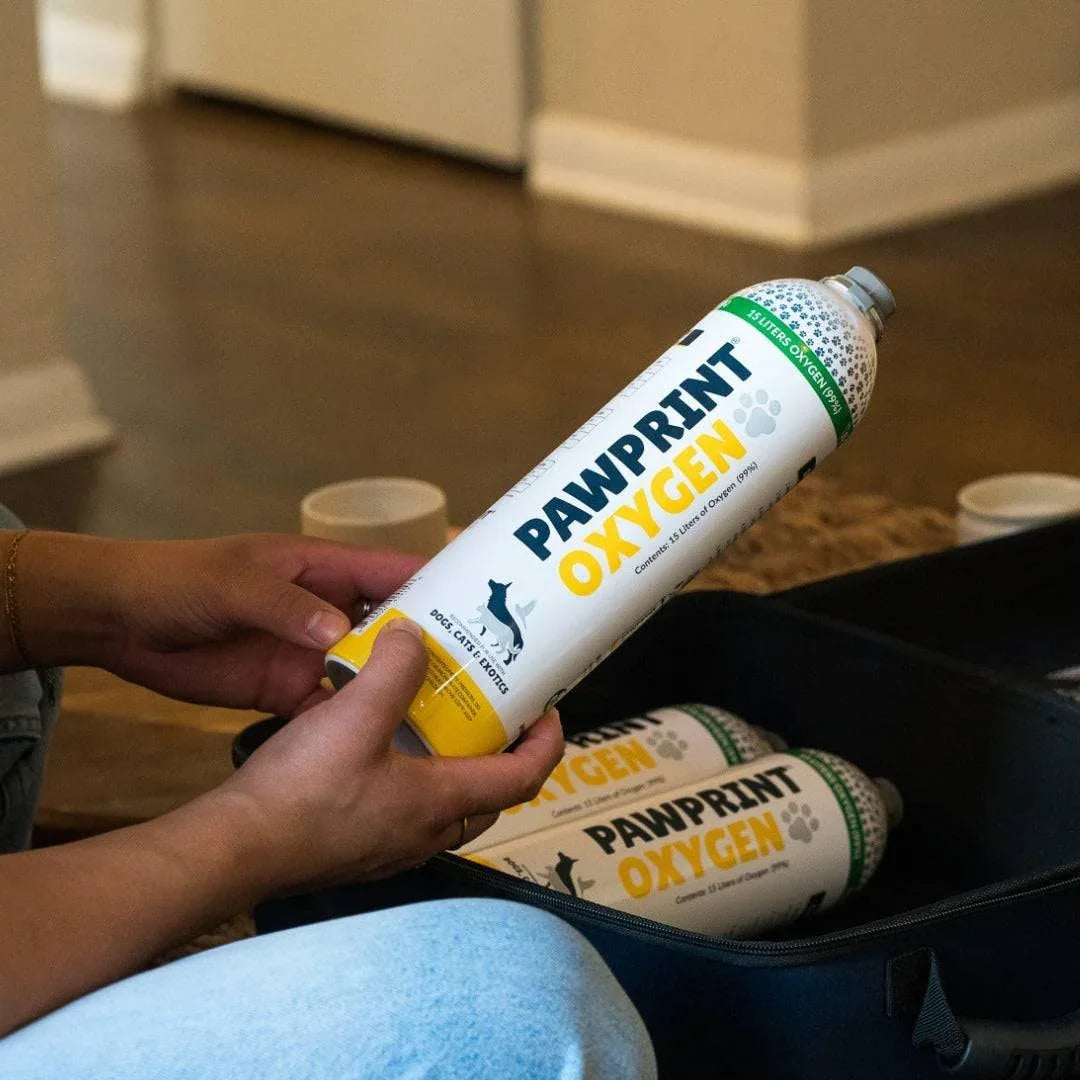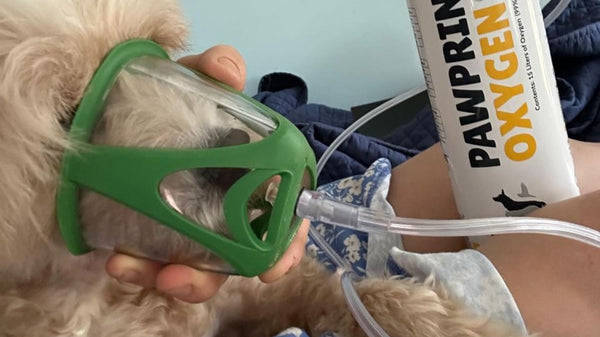Laryngeal paralysis occurs when the muscles controlling the larynx weaken, preventing proper airflow and often leading to noisy breathing, exercise intolerance, changes in bark or meow, and even cyanosis or overheating. Diagnosis typically involves laryngoscopy under sedation, supplemented by X‑rays, bloodwork, and other tests to rule out underlying causes. While the condition has no cure, it can be managed with medications like anti-inflammatories, sedatives, antibiotics, and supplemental oxygen. Lifestyle adjustments, or corrected surgically through a tie‑back procedure, which has a success rate of around 95%, can also help.
Table of Contents
While we as pet parents always want to stay on top of our pet's health, it can be difficult to tell the difference between normal traits and behaviors and the beginning signs of something more serious. Laryngeal paralysis is an ailment that can be difficult to identify if you don't know what to look for. In this article, we aim to help guide you through the varying causes and symptoms of this condition to provide you with a better understanding of laryngeal paralysis and how to navigate these health issues.

What is Laryngeal Paralysis in Pets?
Laryngeal paralysis is a condition that affects the ability to breathe in deeply, as an indrawn breath causes the windpipe (or larynx) to collapse in on itself, which then makes breathing difficult.
Normally, when an animal inhales, the muscles on either side of the trachea contract, pulling open the flaps of cartilage that cover the tracheal opening, allowing the pet to breathe. With laryngeal paralysis, these muscles weaken and are not able to adequately pull open the flaps, so they remain closed or partially closed during inspiration.
Many times, pet parents will hear a ‘honking’ noise, which is caused by air flowing past the partially open flaps of cartilage, and can be a good indicator of laryngeal paralysis. There are many cases of the condition, and they can range from tumors of the neck or chest, trauma to the throat, hormonal diseases, and others.
Your veterinarian may recommend surgery to correct the issue. If the patient is not a good candidate for surgery, laryngeal paralysis is not curable but may be managed with medications and other treatments. This condition mainly affects large-breed dogs and most often males, but can also be found (rarely) in small-breed dogs, cats, and other small mammals.
Common Symptoms of Laryngeal Paralysis in Pets
Coughing, especially after eating, drinking, or exercise
Honking or wheezing sounds while breathing
Exercise intolerance
Changes in tone or pitch of the dog’s bark
Hoarse meows, in cats
Cyanosis, where the gums and tongue turn blue or purple
Anxiety
Heat stroke, as breathing in deeply is affected so cooling down by panting can become difficult
Can laryngeal paralysis be cured, or will my pet always have it?
Laryngeal paralysis cannot be fully cured, as the nerve damage that causes it is usually permanent. However, treatments like surgery (tie-back procedure) and supportive care can significantly improve breathing and quality of life. With the right management, many pets go on to live comfortably despite the condition.
How can I keep my pet comfortable and safe at home if they have laryngeal paralysis?
To keep a pet with laryngeal paralysis comfortable at home, focus on creating a calm, cool environment that reduces stress on their airway. Use fans or air conditioning in warm weather, avoid collars that put pressure on the neck, and opt for a harness instead. Keep activity light and steady, monitor for any signs of breathing distress, and consider having supplemental oxygen available for emergencies as recommended by your veterinarian.
Are there activities or environments I should avoid, like hot weather or strenuous exercise?
Yes, pets with laryngeal paralysis are more vulnerable to breathing difficulties, especially in hot or humid weather and during strenuous exercise. Overheating and heavy activity can quickly worsen airway obstruction and lead to an emergency. To help keep your pet safe, avoid vigorous exercise, stressful situations, and exposure to high temperatures, and always provide a cool, calm environment with access to fresh water.
Common Causes of Laryngeal Paralysis in Pets
While laryngeal paralysis may be an inherited condition or an acquired condition, there are many causes. Some of the most common causes are:
- Tumors or lesions to the neck or chest
- Trauma to the throat
- Hormonal diseases, like Cushing’s Disease
- Congenital issues
- “Idiopathic laryngeal paralysis”, meaning there is no known cause
Laryngeal paralysis has no known cure but can be corrected with surgery, or managed with medication and lifestyle changes.

Diagnosing Laryngeal Paralysis in Your Pet
Diagnosing laryngeal paralysis is typically confirmed through an exam of the larynx in a procedure called a laryngoscopy. Radiographs (x-rays) can be taken to rule out other conditions with similar symptoms. Blood work may also help to rule out other causes of this condition. Ultrasound and urinalysis may also be performed to rule out other analogous conditions.
Laryngeal paralysis can be an inherited condition but is most commonly an acquired disorder. An acquired disorder means that the pet develops the condition after birth. An acquired condition is often caused by something (i.e.: trauma, tumor, disease process, etc.). Laryngeal paralysis is now thought to be a symptom of a larger neurologic condition called Geriatric Onset Laryngeal Paralysis Polyneuropathy (GOLPP). Pets diagnosed with GOLPP often experience laryngeal paralysis along with rear leg weakness, megaesophagus, and other neurologic conditions.
Treatment Options for Laryngeal Paralysis in Pets
Treatment for laryngeal paralysis can range from medication and home management to surgery, depending on how severely the pet is affected. Talking with your veterinarian and performing all necessary diagnostic testing is the best way to ensure the proper treatment is provided.
Some common medical management prescribed for pets with laryngeal paralysis include:
- Anti-inflammatory medications (e.g., carprofen)
- Sedatives (e.g., trazadone)
- Antibiotics (e.g., doxycycline)
- Supplemental oxygen (e.g., Pawprint Oxygen)
Many pets require surgery to correct the issue, whether they have a very severe case or their veterinarian believes the pet would benefit from surgery versus medical management. There are a few surgeries that are performed to help with laryngeal paralysis. The most common is the ‘tie-back surgery', or Unilateral Arytenoid Lateralization surgery.
What is "tie-back" Surgery for Pets with Lar Par?
Tie-back surgery, or Unilateral Arytenoid Lateralization (UAL) surgery, is a common procedure for pets suffering from laryngeal paralysis. During this procedure, the surgeon places two permanent sutures to hold one side of the larynx in the open position. The typical success rate of UAL surgery is 95%.
Post-op recovery from UAL surgery focuses on keeping the pet calm so that the sutures do not fail from too much movement and barking. Owners may be given the arduous task of keeping their pets from running, jumping on furniture, and vocalizing. Due to the risk of patients developing aspiration pneumonia after surgery, patients are typically kept upright to eat by using an elevated feeding station. This method of feeding reduces the risk of food and water entering the tracheal opening to the lungs. A soft diet is typically recommended to help minimize irritation to the surgery site.
Dog Oxygen Rescue Kit
Our Oxygen Rescue Kits are designed to help your dog exactly when they need it. You can administer on-the-spot oxygen or oxygen in transport while on your way to emergency care. Dogs needing this rescue kit would likely suffer from more acute health conditions like Lar Par or be in a high-risk category that you'd like to keep a kit on hand to transport them with.

How to Prevent Laryngeal Paralysis in Your Pet
Since laryngeal paralysis has many causes, it may not always be possible to prevent the disease. Typically, with surgery or medical management, and some lifestyle changes, most pets do well after diagnosis.
Here are a few lifestyle changes to consider if your pet has been diagnosed with laryngeal paralysis:
- Avoid neck collars and use a harness instead.
- Avoid very hot or humid environments as much as possible, or limit time spent in these environments.
- Reduce anxiety as much as possible.
- Follow all veterinary recommendations and give medications as prescribed.
Laryngeal paralysis episodes can vary from mild, to moderate, to severe. The prognosis for each pet is based on the cause of the condition. Some pets experience very mild episodes and may never require a trip to the emergency room. Some pets, unfortunately, may have a severe episode seemingly out of nowhere and require immediate medical care. Keeping a close eye on your pet for any symptoms of laryngeal paralysis and being in contact with your veterinarian are the best ways to ensure your pet will receive the proper care for laryngeal paralysis.

